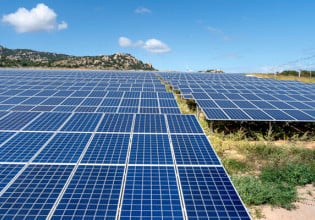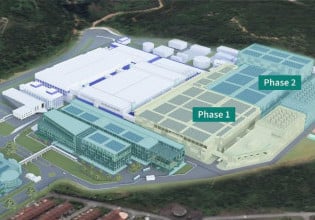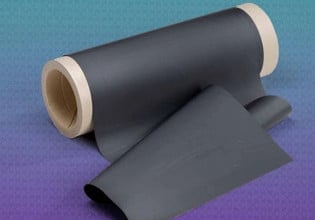Motorola (Schaumburg, IL) claims it has reached another milestone in its development of a new, miniature fuel cell for hand-held phones, wireless phones and other Internet devices. The fuel cells being developed will provide more power for longer periods of time than current batteries, the company said. That, in turn, will enable not only longer sustained use of the device between charges but also more sophisticated applications for it.Scientists at Motorola Labs have demonstrated a prototype of a ceramic-based micro-fluidic fuel-delivery system for a miniature direct-methanol fuel cell. Their goal is to create an energy source with five times the energy density of conventional lithium-ion rechargeable batteries.Motorola maintains that its initial strategy is to develop a hybrid energy source, which combines a miniature fuel cell with a rechargeable battery for peak power demands. The key to success, they believe, is miniaturizing the components used in the fuel cell. The new breakthroughs involve the use of multilayer ceramic technology for processing and delivering fuel and air to the fuel cell membrane electrode assembly. This fuel-delivery system can be built into a miniature fuel cell.The newly devised fuel cell assembly, which measures about 2 inches on each side and is about 1/2 inch thick, is said to have operated in tests for several weeks with minimal degradation in performance."Eventually, these fuel cells could enable what people just dream of today, a lightweight energy source that would safely power a cellular phone for a month," said Jerry Hallmark, manager of Motorola Labs' Energy Technology Lab.
- Network Sites:
-
 EEPower Day is a free 1-day virtual conference. Learn More
EEPower Day is a free 1-day virtual conference. Learn More





